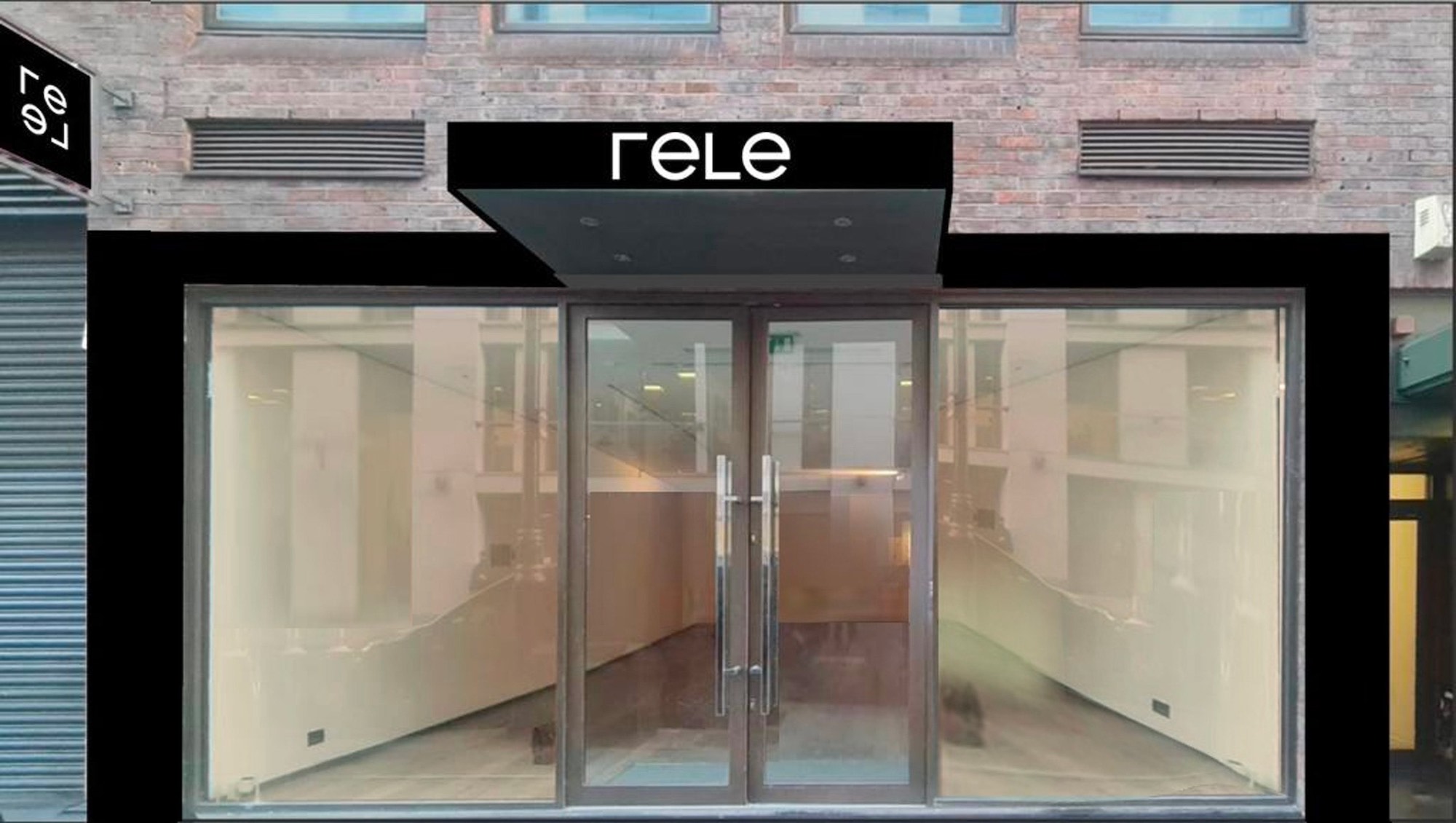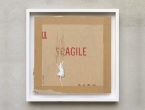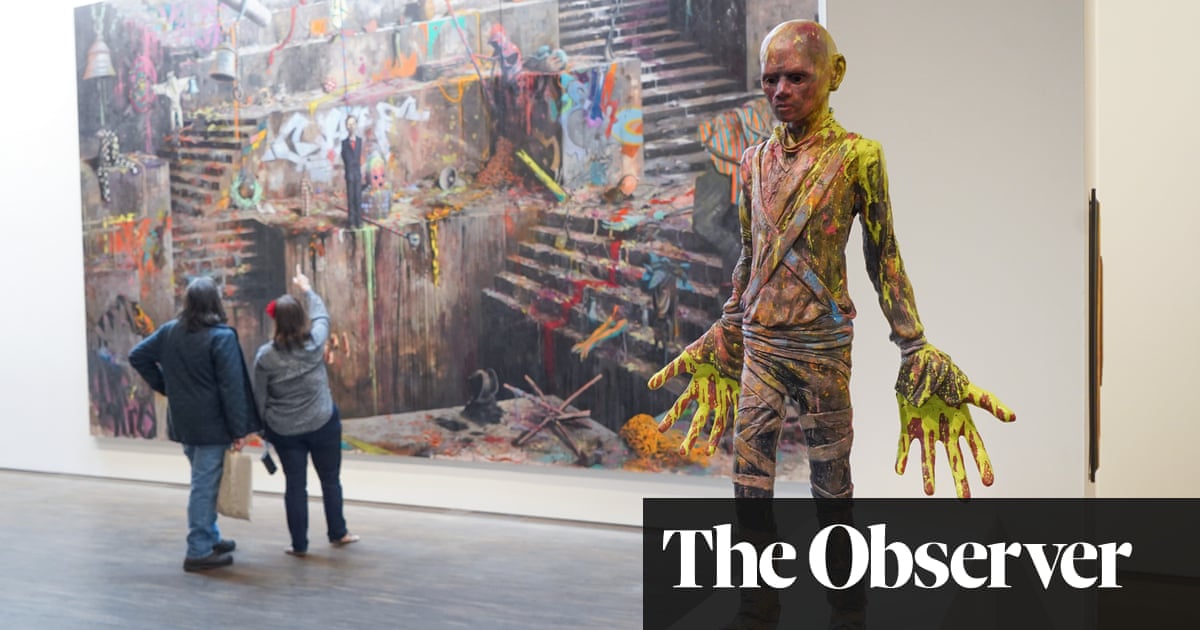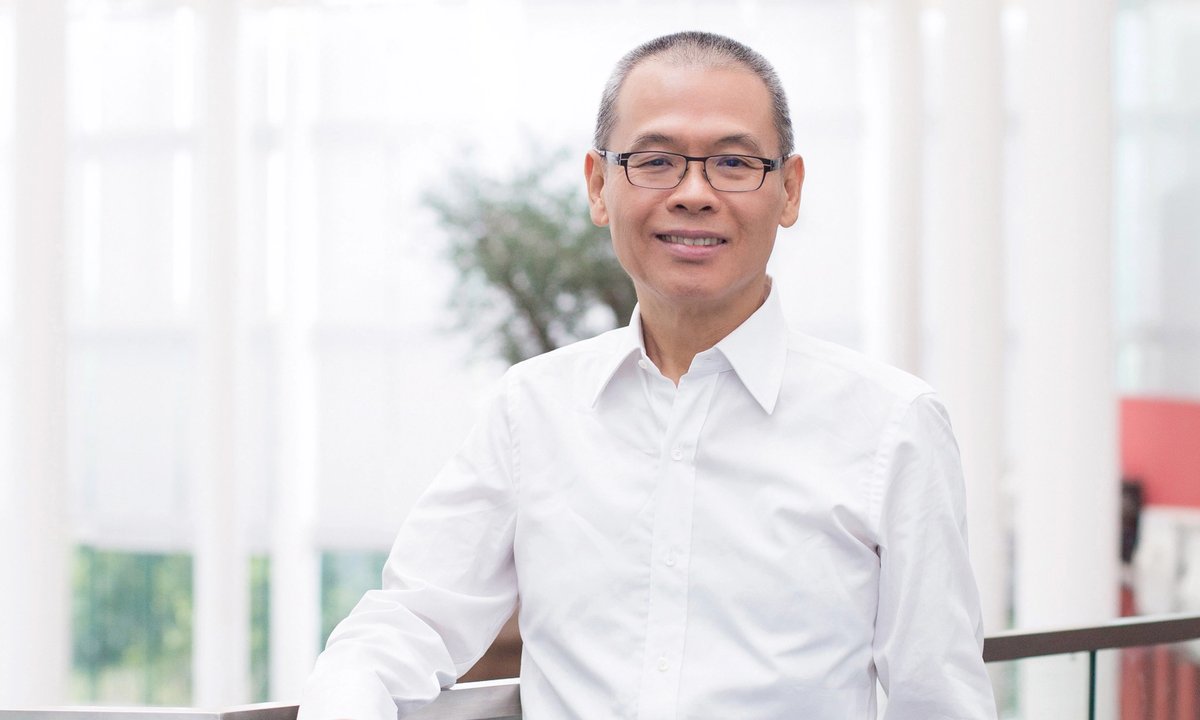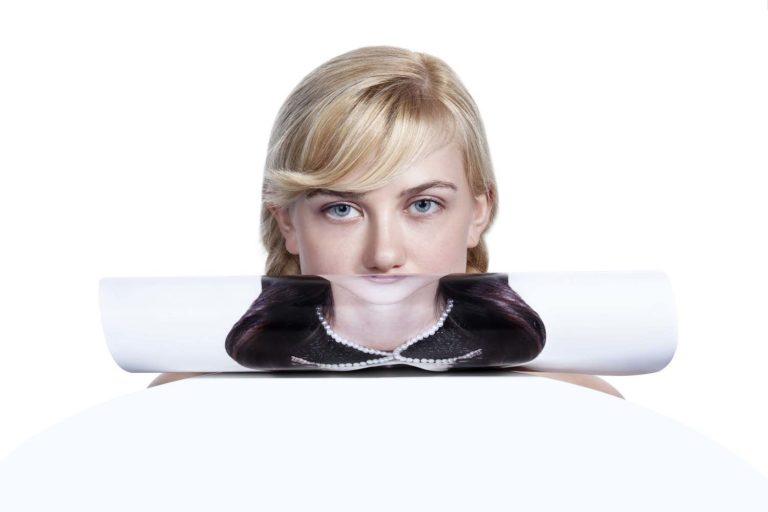Ellie's Eye
2020 - Film & Video (Film & Video)
11:00 minutes
Jeamin Cha
Jeamin Cha’s essay-film Ellie’s Eye is an extensive examination of the human mind and the effects of new technology, such as chatbots and virtual avatar therapists on the mental health industry. One such avatar, named Ellie, was developed by the University of Southern California’s Institute for Creative Technologies. Ellie has the ability to interpret the user’s emotions through data collected from their speech and physical gestures to indicate psychological distress on a micro-level, which would be imperceptible by a human therapist. Cha equates the technology’s aptitude to “see-through” emotional facades with the age-old desire to see into the human body and mind. By tracing the history of more ubiquitous technology such as the x-ray, Cha questions the limits of pathology and challenges the notion that our sickness is only within us. Cha’s visual language is informed by extensive research and interviews and is often guided by her astute observations of society and an earnest sensitivity to her surroundings. Simultaneously, her practice draws from chance encounters, unexpected discoveries, and daily observations. Her unique manipulation of the camera and ability to use documentarian practices, not to directly distinguish fact from fiction, but to reveal the multiple and shifting realities of the world we live in is pertinent in this film. Ellie’s Eye marks a significant juncture in Cha’s practice as it brings the foundations of Cha’s decade-long inquiries into the friction between modernism and tradition, the accelerating isolation of urban society and its discordance with nature, to the surface. Ellie’s Eye was produced while Cha was artist-in-residence at KADIST San Francisco and was commissioned as part of her solo exhibition Jeamin Cha, Troubleshooting Mind I, II, III in 2020.
Jeamin Cha’s questions exist in the gyre between individual and social environment, stepping over conspicuous strands of relation between the two in favor of cultivating characters that dwell in the night, under-noticed or otherwise surplus figures outside of mainstream societal representation. She works primarily in video-based installations, which oftentimes are the result of years of interviews, research, and a meticulous editing process. Her films are indexes of reality in its minutiae, both regionally specific to her native South Korea, and also purposefully roaming, fragmented and nonlinear, able to touch almost any contemporary population in the world. The subjects Cha conjures expand fluidly beyond the limits of her work, giving depth to figures ranging from an electrician to a trio of ancient garbage collectors, their paths echoing off of the urban environment, engaged in a web of political, cultural, and social factors. Her films have increasingly consisted of nuanced, unblinking meditation on political issues and their echoes within urban existence. It would be wrong to describe these films as positivist, or documentarian. Rather, they strive to capture the viewer’s affective affinities with a critical edge.
Colors:
Related works sharing similar palette
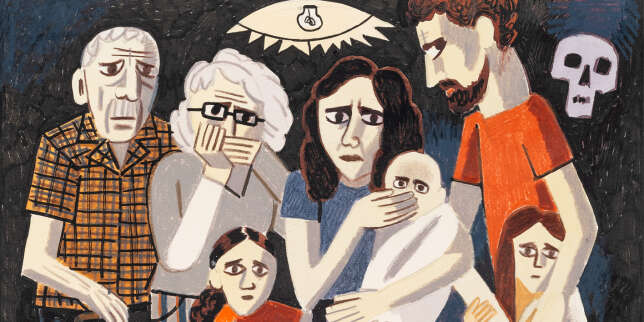
© » LE MONDE
Au Musée juif de New York, requiem expressionniste pour les victimes du 7 octobre nav_close_menu Cet article vous est offert Pour lire gratuitement cet article réservé aux abonnés, connectez-vous Se connecter Vous n'êtes pas inscrit sur Le Monde ? Inscrivez-vous gratuitement Article réservé aux abonnés « Oct...

© » KADIST
Sawangwongse Yawnghwe
202122022021, Yawnghwe Office in Exile by Sawangwongse Yawnghwe belongs to a body of work made in response to the Myanmar military coup that began in February 2021...

© » LENS CULTURE
In Search of Brilliant Moments: Street Photography’s Heightened Existence - Interview with Matt Stuart | By Alexander Strecker | LensCulture Interview In Search of Brilliant Moments: Street Photography’s Heightened Existence “You are looking for a single, brilliant moment and 99% of the time, you won’t get it...

© » KADIST
Candice Lin
2015For the work Wigan Pit-Brow Women: Intersections with the Caribbean (mobile) , Candice Lin studied English Victorian Arthur Munby’s racialized and masculinized drawings of working-class white female miners...

© » ART & OBJECT
Art Institute of Chicago Workers Ratify First Contract | Art & Object Skip to main content Subscribe to our free e-letter! Webform Your Email Address Role Art Collector/Enthusiast Artist Art World Professional Academic Country USA Afghanistan Albania Algeria American Samoa Andorra Angola Anguilla Antarctica Antigua & Barbuda Argentina Armenia Aruba Ascension Island Australia Austria Azerbaijan Bahamas Bahrain Bangladesh Barbados Belarus Belgium Belize Benin Bermuda Bhutan Bolivia Bosnia & Herzegovina Botswana Bouvet Island Brazil British Indian Ocean Territory British Virgin Islands Brunei Bulgaria Burkina Faso Burundi Cambodia Cameroon Canada Canary Islands Cape Verde Caribbean Netherlands Cayman Islands Central African Republic Ceuta & Melilla Chad Chile China Christmas Island Clipperton Island Cocos (Keeling) Islands Colombia Comoros Congo - Brazzaville Congo - Kinshasa Cook Islands Costa Rica Croatia Cuba Curaçao Cyprus Czechia Côte d’Ivoire Denmark Diego Garcia Djibouti Dominica Dominican Republic Ecuador Egypt El Salvador Equatorial Guinea Eritrea Estonia Eswatini Ethiopia Falkland Islands Faroe Islands Fiji Finland France French Guiana French Polynesia French Southern Territories Gabon Gambia Georgia Germany Ghana Gibraltar Greece Greenland Grenada Guadeloupe Guam Guatemala Guernsey Guinea Guinea-Bissau Guyana Haiti Heard & McDonald Islands Honduras Hong Kong SAR China Hungary Iceland India Indonesia Iran Iraq Ireland Isle of Man Israel Italy Jamaica Japan Jersey Jordan Kazakhstan Kenya Kiribati Kosovo Kuwait Kyrgyzstan Laos Latvia Lebanon Lesotho Liberia Libya Liechtenstein Lithuania Luxembourg Macao SAR China Madagascar Malawi Malaysia Maldives Mali Malta Marshall Islands Martinique Mauritania Mauritius Mayotte Mexico Micronesia Moldova Monaco Mongolia Montenegro Montserrat Morocco Mozambique Myanmar (Burma) Namibia Nauru Nepal Netherlands Netherlands Antilles New Caledonia New Zealand Nicaragua Niger Nigeria Niue Norfolk Island Northern Mariana Islands North Korea North Macedonia Norway Oman Outlying Oceania Pakistan Palau Palestinian Territories Panama Papua New Guinea Paraguay Peru Philippines Pitcairn Islands Poland Portugal Puerto Rico Qatar Romania Russia Rwanda Réunion Samoa San Marino Saudi Arabia Senegal Serbia Seychelles Sierra Leone Singapore Sint Maarten Slovakia Slovenia Solomon Islands Somalia South Africa South Georgia & South Sandwich Islands South Korea South Sudan Spain Sri Lanka St...

© » KADIST
Gao Mingyan
2008The television monitors utilized in the video installation Come On (2008) ostensibly serve as playback devices for a multi-channel installation of clips from blockbuster films as part of a larger commentary of mass entertainment and its relation to consumer cultures...


